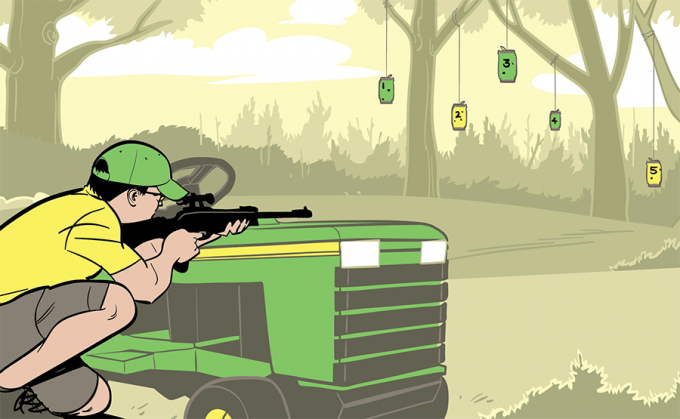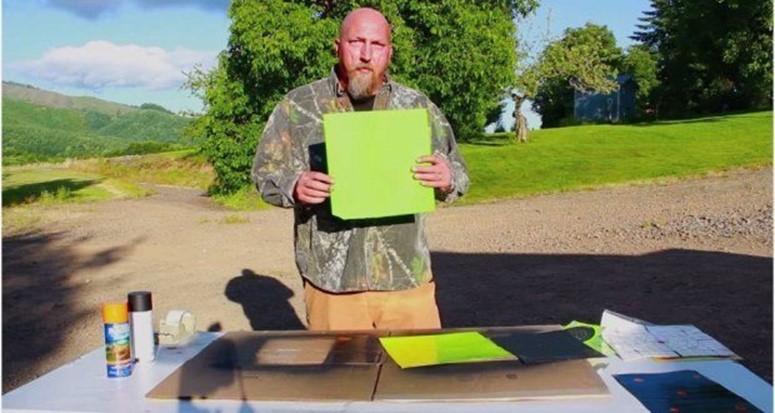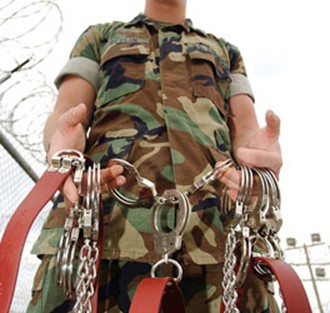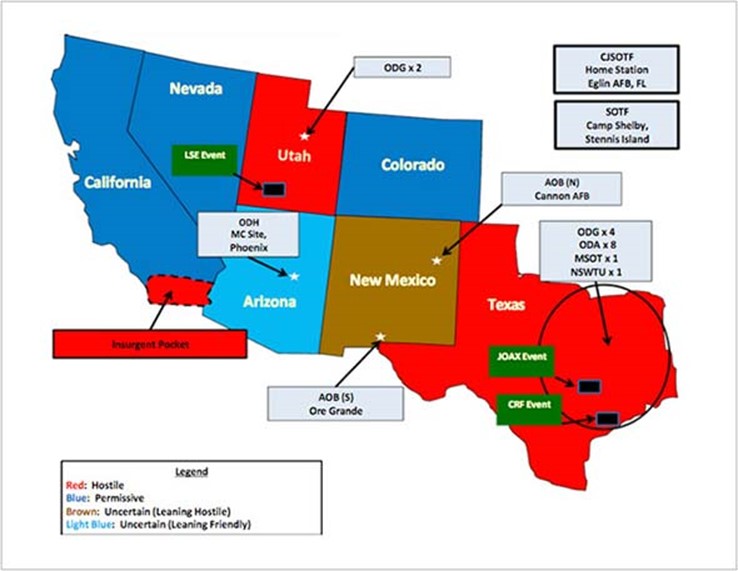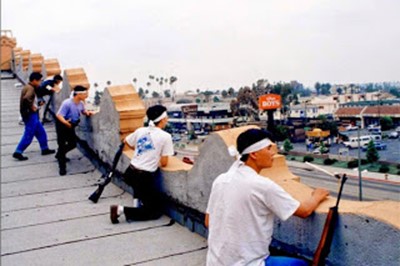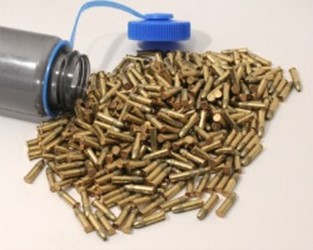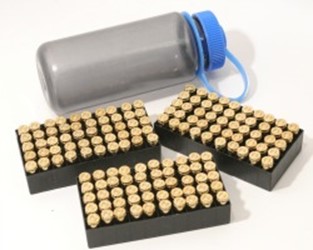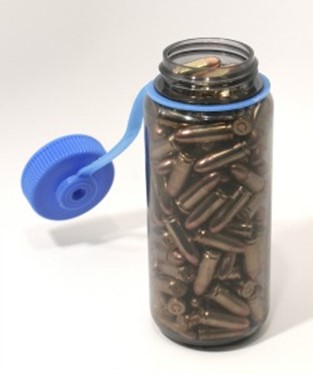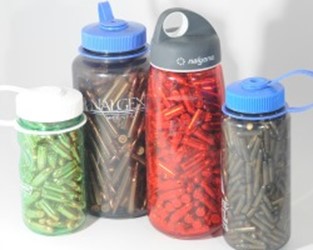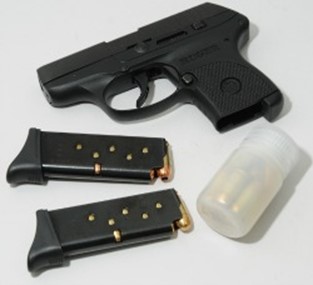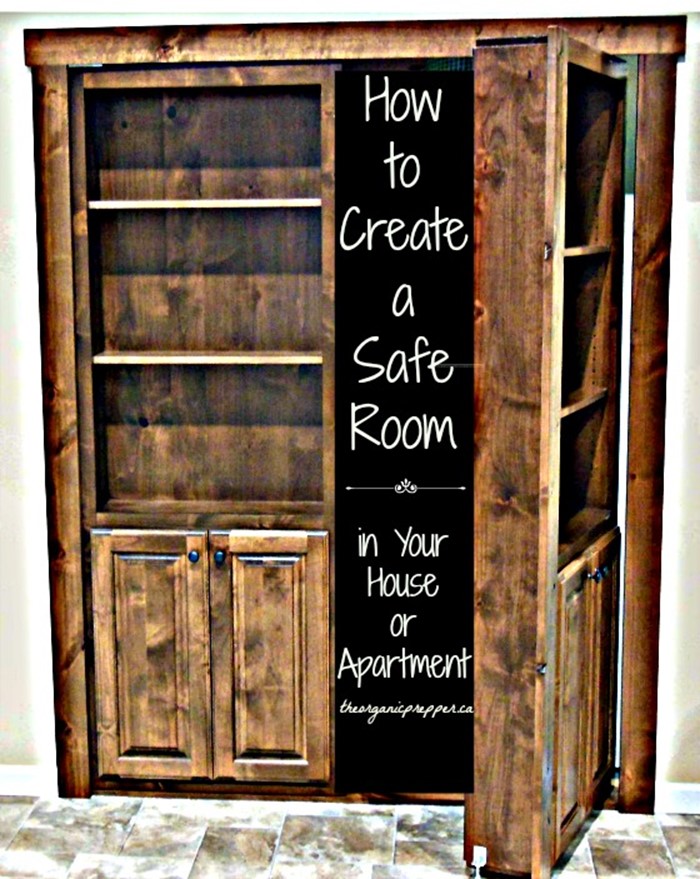
The homes of many rich, famous people have a secret hidden within them. Somewhere, in the depths of the home, is a secure room to which the residents can retreat in the event of a home invasion or violent intruder. A safe room was carved into the original house plan, and many of these are state of the art. Features might include a bank of monitors for viewing what’s going on outside the room, a small kitchenette, comfortable furnishings, fresh air venting, and a hardened communications system. These expertly designed rooms can cost tens of thousands of dollars, but you don’t have to be a movie star or a multi-millionaire to build your own version of a safe room. Even the most humble home or apartment can have on a place to which vulnerable family members can retreat if they are under threat.
Why should you have a safe room?
Some folks may read this and think to themselves, “I don’t need a safe room when I have my 12 gauge shotgun and my 9 mm. That’s just running away.”
I completely understand your point. Most of the people who read prepping and survival sites are not of a “retreat” mentality. But, if a gang of 12 thugs (possibly wearing badges) kicks down your door, how likely are you to shoot every single one of them before someone gets off a lucky shot and hits you? Hint: If you aren’t tactically trained, the likelihood of this is pretty slim.
Here’s another reason: do you have vulnerable family members in the house? Children? A spouse or elderly relative? Someone who just isn’t a fighter? Even if you intend to engage, you may have people in the home who are not willing or able to do so, and it will be better for you if they are safely out of the way.
A safe room is honestly just another prep. It doesn’t mean you are cowardly. It means you are ready for a variety of scenarios and that the safety of your family is paramount. It is a layer of protection that allows vulnerable people to retreat until help arrives.
Here’s a perk: another great use for your safe room is that you can stash your valuables there. Most break-ins occur when you aren’t home. If your valuables are locked away, a random tweaker searching for things to sell to support his habit is not going to be able to access your important papers, your fine jewelry, your firearms, or your most prized possessions.
Retreating to your safe room
When you retreat to your safe room, you have one goal: to end any possibility of interaction with an unwelcome person. Please don’t call it a panic room. That indicates that you are a scared victim. You are retreating to a safer location because you don’t intend tobe a victim. In a military gun battle, do soldiers move behind sandbags or into trenches? Of course. They want to limit the likelihood of being shot or otherwise injured. You may or may not be a trained soldier, but your goal is the same. It is to avoid being injured by a person who may be intent on injuring you.
A safe room is not a bunker. You probably aren’t going to be holed up in there for days during a stand-off. It is a point of retreat until help arrives.
The #1 rule of the safe room: DO NOT LEAVE IT UNTIL YOU ARE SAFE AND YOUR HOME HAS BEEN CLEARED. NOT FOR ANY REASON. A criminal will threaten, cajole, manipulate, and bully to try to make you come out. DON’T DO IT.
We’ve often talked about the importance of having a plan (as well as a few back-up plans) and running practice drills. A safe room is no different. All family members that are physically able should be able to quickly access the room. If you have several people in your household, you might want to put a keypad access on the door to the safe room so that whoever has retreated first is safely locked in without worrying about admitting the other family members.
Map out as many different ways as possible to get to the safe room from various locations in the house. This is a great time to get the kids involved, because children are explorers by nature. They may know routes that you had never even considered. Practice, practice, practice. Run timed drills and make a game out of how quickly all family members can get to the safe room and get the door secured.
Of course, the success of moving quickly to your safe room rests upon being alerted that someone is in your home. You should have security measures in place that let you know that the home has been breached:
The more of these early warnings you have, the better off you’ll be. Someone might get through one of the alarms, but how likely are they to get through 3 or 4 without you being alerted?
Where should your safe room be?
If you are building a new home from the ground up, you have the unique opportunity to have this special room added to the plans. In this case, your far less limited by the existing design and layout of the house. In fact, there are companies whose sole purpose is designing safe rooms for homes and businesses. One of the most reputable, Gaffco, offers consultations, plans, and even construction of these rooms. Additionally, they offer “pods” that were originally designed for the US military, which can be incorporated into the design of your home or connected to the home via a breezeway. These options are top of the line, and may be out of the affordable price range for the average family.
Most of us aren’t in that building process though, so we need to adapt part of our living space to make a safe room. Some people adapt a large walk-in closet or pantry, while others refurbish a room in their home. DuPont offers a “Stormroom” that is reinforced with Kevlar and is epoxied to your garage floor. It’s designed to withstand a Category 5 hurricane, so it’s a good be that it will also withstand your average home invasion. These start at $6000 for the smallest size.
Here are some important qualities:
-
No windows to the outside
-
Ventilation
-
Thick/reinforced walls
-
Water and a bathroom
-
Enough space for the number of people likely to shelter there
-
Ease of accessibility for the family from multiple locations in the house
Of course, finding all of these things, sitting there in one room, waiting for you to reinforce the door may not be likely so you have to work with what you’ve got.
Some good options are:
-
Walk-in closet
-
Master bedroom with attached bath
-
Basement family room
-
Storage room
-
Wine cellar (Not as outrageous as it sounds – surprisingly the humble little 2 bedroom Victorian cottage we used to live in had one)
-
Interior den with no windows
-
Inside an attached garage
If you intend to go full out and reinforce the walls, it will be less expensive to convert the smallest area that will house the required number of family members.
It is of vital importance to locate the safe room in a place that can be quicky and easily accessed by family members. If you have to run past the entry through which intruders just burst, you probably aren’t going to make it to the safe room. Remember, the most ideal safe room situation is one in which the criminal has no idea that you were home or, if he knows you’re home, has no idea where you may have gone.
One important thing to remember is that your safe room doesn’t have to only be a safe room. The best use of space would have the room used regularly for other purposes. Most of the modifications you’ll make don’t have to be obvious. For example, if you’re reinforcing the walls, you can drywall over your reinforcements, paint the wall a happy color, and carry on with your life. An attractive exterior type door can be painted to match the other interior doors in your home. Even if you live in an apartment or condo, you can make some subtle changes to create a safe place to retreat.
The key here is to do the best you can with your resources and the space you have available. Let’s talk about the most important modifications.
The Door
The very first line of defense is the door you will slam behind you. For many of us, this is where the majority of the money will be spent.
Forget about flimsy interior doors. Most of them are hollow core and your average everyday axe wielding murderer or gangbanger intent on mayhem can get through them by kicking or punching through. Go to Home Depot and get yourself the very best exterior steel slab door that you can afford. If your safe room is an ordinary room in the house, look for a door that can be painted to blend in with the other doors in the house. There’s no sense making it obvious that this room is special.
There’s no point in having a great door in a cruddy door frame. Your door is only as solid as the frame that holds it, so replace your standard interior door frame with reinforced steel. Get the absolute best quality you can afford, then paint it to match the rest of the door frames in your home. Hang your door so it swings inward. Then you can add extra layers of security to the door.
You want to add more locks than just the doorknob type. For your primary lock, choose aheavy duty reinforced deadbolt system . You can also add a jimmy-proof security lock like this one
. You can also add a jimmy-proof security lock like this one for an added deterrent, but this should NOT be your primary lock. You can add adoor bar
for an added deterrent, but this should NOT be your primary lock. You can add adoor bar , the hardware for which would be fairly unobtrusive when the bar is not across it. If you make all of these changes, NO ONE is getting through that door by kicking it in.
, the hardware for which would be fairly unobtrusive when the bar is not across it. If you make all of these changes, NO ONE is getting through that door by kicking it in.
The Windows
Windows are a definite weak point in a safe room. If you are using a room that is also used for other purposes (like a master bedroom) you probably have them. Don’t despair – they too can be reinforced.
The biggest threat with a window, of course, is that the glass will easily break, allowing someone to either get in the room or shoot people who are in the room.
You can go all out and replace the window in that room with a bulletproof security window. Although they are very expensive, you may decide it’s worthwhile since it’s just for one room. If this is out of your price range, you can purchase ballistic film and apply it to your existing window. This video shows you how much a high quality ballistic film will withstand. If you’re doing this, do NOT skimp on quality.
If you have windows, no matter how resistant they are to impact, it’s a good idea to have curtains too. You don’t want the aggressor standing out there watching you or casing your retreat. Not only would that be mentally rattling, they just might figure out a way to breach your safe room or counteract your safety plan, like secondary communications. They do not need to know how many people are in the safe room, what equipment and supplies you have, or what you’re doing in there. Get heavy curtains and make sure they’re completely closed with no gaps whatsoever.
The Walls
This is where the serious expense comes in. A round from a 9mm handgun can easily penetrate the walls of the average home. Dry wall does NOT stop bullets, not even from a weaker caliber gun. That’s why one of the most important rules of gun safety is to not only know your target, but what is beyond your target. If your walls aren’t sturdy enough to withstand bullets, then you’ve basically just put your family into a box to be shot more easily.
One way to lessen the expense of this is to choose a room in the basement. If you build your retreat into a corner, then you have two exterior walls that are concrete surrounded by dirt – virtually unbreachable. Then you only have two walls to worry about. If you are in an apartment, the laws in most states insist that walls separating two apartments must be fire resistant. Therefore, the wall between your apartment and the next could be made of cement, providing one wall of safety.
Free plans for a variety of safe rooms are offered by the Department of Homeland Security. As well, FEMA offers free plans for a safe room that is designed to withstand natural disasters. This could be easily adapted for home security purposes too.
There are a few different ways to reinforce the walls of your safe room. Some of the following options may be out of your price range or skill level, and some may not be practical for your living situation.
-
Armored steel panels: One of the best ways to convert an existing room into a ballistic haven is by adding armored steel panels to the walls. You can add drywall over the panels and no one will even realize they are there. These are heavy and use on upper floors could damage the integrity of your structure. They’re expensive, with a bottom end price of about $400 for a 4×8 panel, but depending on the layout of the room, they may not be needed on every wall.
-
Kevlar: These resistant walls are made out of a fiberglass type material. This is a much lighter weight alternative and can be used in places that can’t hold up to the addition of heavy steel or concrete. You can learn more about Kevlar construction from Total Security Solutions.
-
Poured concrete: This MUST be used on a ground floor or in a basement because of the extreme weight. This is a far less expensive option and can withstand most threats.
-
Sand: This is another heavy weight option, but it can be far less expensive than other options, particularly if you live in an area with abundant sand. A 12 inch thick barricade of sand can protect against many different ballistic threats. In a basement room, a sand-packed wall in between the exterior of the room and interior drywall can provide substantial protection at a lower price. The Prepper Journal has an interesting article on using sandbags to stop bullets. The ideas could potentially be adapted to the interior of your home. For example, you could stack sandbags halfway up a wall and then build a lightweight wall over the sandbags – the inhabitants of the room would need to shelter behind the sandbags to remain safe.
Temporary options: For the average family, many of these solutions can be out of reach. If you rent, you probably won’t want to do major construction, either. It’s best to choose a room that is already as sturdy as possible and then reinforce the weak points. Although these options aren’t anywhere near as resistant as the ones above, they are better than nothing.
-
Have a heavy duty item you can shelter behind, like a steel desk or deep freezer.
-
Line your walls with heavy furniture, like loaded bookcases with real wood backs, not flimsy particle board.
-
Line your walls with metal filing cabinets, fill the drawers with anything, and stay low.
The Camouflaged Safe Room
Even though safe rooms aren’t really a “fun” topic, a secret hidden safe room is the kind of thing that stirs the imagination. After all, how many awesome movies from your youth began with the magical discovery of a stairway or room hidden behind a bookcase or a mysterious doorway at the back of the closet?
The success of a camouflaged safe room rests on the residents of the home quickly moving into hiding without the intruders even knowing that they are home. This is the best case scenario for an event during which you need to retreat to a safe room.
You don’t have to have a mysterious Victorian mansion to have a hidden safe room. Amazon sells a hidden door hinge system that you can use to create a bookcase door. (You can also buy plans for installing a bookcase door
that you can use to create a bookcase door. (You can also buy plans for installing a bookcase door or even an entire bookcase door kit
or even an entire bookcase door kit .) Other options might include a trap door in the floor hidden under an attached throw rug or a discreet door at the back of a closet behind all the clothing.
.) Other options might include a trap door in the floor hidden under an attached throw rug or a discreet door at the back of a closet behind all the clothing.
Don’t rely strictly on the secret entry for your security. It should be followed up by the reinforcements described above, in the event that the intruders discover you’ve gotten away.
Communications
As was discussed in the introduction, a safe room is simply a retreat. If you don’t have help coming, you could remain trapped in there indefinitely, particularly if the intruders decide to wait you out.
Remember the #1 rule of the safe room? DO NOT LEAVE IT UNTIL YOU ARE SAFE AND YOUR HOME HAS BEEN CLEARED. NOT FOR ANY REASON. A criminal will threaten, cajole, manipulate, and bully to try to make you come out. DON’T DO IT.
You may not have had time to call 911 or your well-armed neighbor before sheltering in your safe room. If that is the case, then you need to be able to summon assistance from within the safe room. Here are a few suggestions:
-
-
Landline phone: Put an old fashioned phone in your safe room. Don’t get one that relies on electricity to work. Even better, install a secondary buried line in the event that your primary line is disabled. If a criminal cuts one phone line, he generally won’t look for a secondary line.
-
Computer: Just like the secondary landline, above, consider a secondary internet access as well. If you have Skype, you can also have an internet telephone system from which you can call for assistance, but be warned that you many not immediately reach your local 911 from a Skype phone.
Once you have 911 on the line, be sure to let them know that you are armed. (Cops hate surprises.) If at all possible, stay on the line with the 911 operator so that you can confirm that help has arrived without opening the door of your safe room.
-
-
-
Cameras: While cameras won’t help you summon help, they can let you know what’s going on outside your safe room. Especially important, a camera outside the door of the room will give you some advance warning if your retreat is about to be breached. It can let you know if help has actually arrived or if the intruders are just trying to trick you into thinking so. This system feeds into your cell phone or your computer.
feeds into your cell phone or your computer.
Supplies
You want to have enough supplies to stay in your safe room for 24-48 hours. Since this is a safe room and not a bunker, you don’t need year’s supply of beans and rice in there.
-
-
Water: Even if you have an attached bathroom with running water, store at least one gallon per person that is likely to be in the room,. Just in case. Because stuff happens, especially when bad guys are around.
-
Cold weather gear: In the event that your heat stops working during cold weather, stash a selection of winter coats, gloves, hats, sleeping bags, and a warm change of clothing.
-
Entertainment: Really. If you end up in the room for more than a couple of hours, you’ll go insane just staring at the monitors. As well, if there are children in there with you, they’ll handle the ordeal much better with some distractions. Keep some books, games, puzzles, DVDs, etc., in the safe room.
-
Sanitation: Ideally, you’ll have an actual bathroom as part of your safe room. If not, you’ll need a place to relieve yourself. The best portable option is a camping toilet, which will eventually have to be emptied, but holds over 5 gallons and should last throughout any amount of time you’d be in your safe room. Also stock hand sanitizer, baby wipes, feminine hygiene supplies, and diapers, if applicable to your family.
-
Special needs items: Remember that movie “Panic Room”, with Jodie Foster and Kristen Stewart? They were forced to leave the safe room because it wasn’t stocked with the necessary supplies for the diabetic child. Don’t let this happen to you. Not only will you stock your safe room with food, but keep extra medication for any family members with special needs.
-
First aid supplies: Keep a full first aid kit, as well as a manual, in your safe room. If a family member was injured on the way to the room, you want to be able to provide some care for them. Particularly focus on supplies necessary for traumatic injuries. Also stock things like antacids, pain relievers, and anti-diarrheal medications. You can find a great first aid supply list in this article.
-
Emergency supplies: Always keep a fire extinguisher, goggles, and some particulate masks in your safe room. A very determined criminal might try to force you to leave the room by starting a fire. Depending on the materials used in the construction of your room, this could be successful. The goggles and masks aren’t perfect, but they give you a chance to launch an offensive if you do have to leave the safe room.
and some particulate masks in your safe room. A very determined criminal might try to force you to leave the room by starting a fire. Depending on the materials used in the construction of your room, this could be successful. The goggles and masks aren’t perfect, but they give you a chance to launch an offensive if you do have to leave the safe room.
-
Defense
Here’s the bottom line: If an intruder somehow manages to breach your safe room, the time for retreat is completely over. There’s no option left – you have to be prepared to fight like your life depends on it. If an intruder has gone to the trouble to break through all of your defenses to get to you, your life most likely does depend on your ability to mount an aggressive defense.
Aside from your primary defense weapon (which you’re probably carrying with you), all of your other weapons should be stored in your safe room. Your extra ammunition should be stored there too.
Is every person of reasonable age in your family able to handle a weapon? If not, it’s time to sign up for classes or go to the range.
You need to have a plan in the event your defenses are breached. You don’t want any “friendly fire” injuries to occur. This plan will be different for every family based on individual skills, on available weapons, and on the set-up of your safe room.
The safe room is your final point of retreat. If someone brings the battle to you, you must be prepared, both mentally and physically. Otherwise, you and your family are like fish in a barrel, neatly corralled targets for the intruders.
Outside of your safe room, might want to consider this:
Start now to make sure you are staying prepared.
This article originally appeared in The Organic Prepper
Via: apartmentprepper




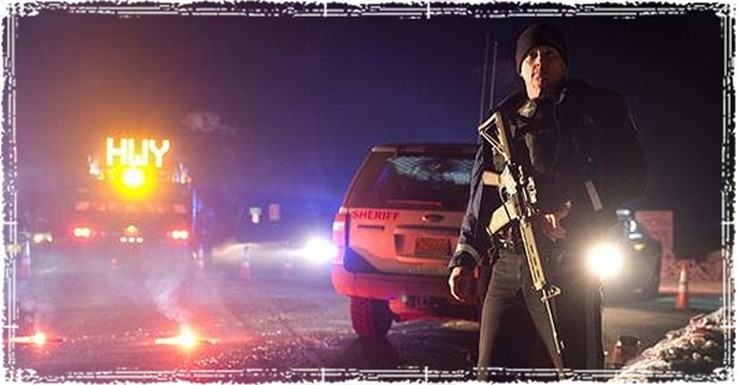
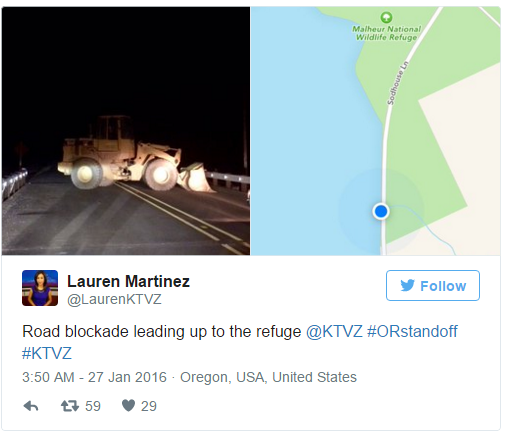
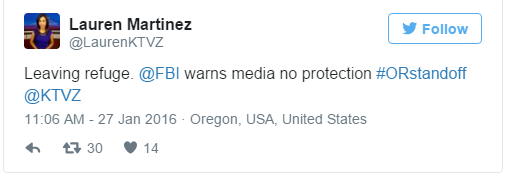




 Follow
Follow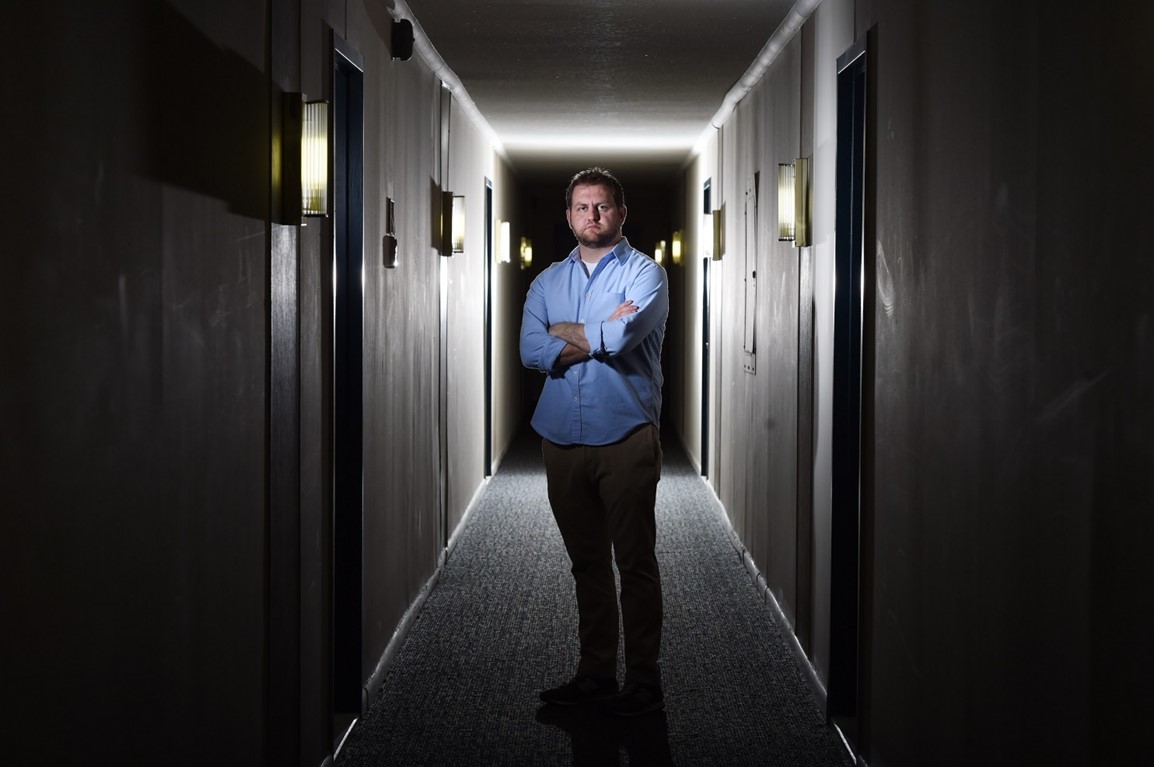










 .
. . You can learn more about
. You can learn more about  feeds into your cell phone or your computer.
feeds into your cell phone or your computer. and some particulate masks in your safe room. A very determined criminal might try to force you to leave the room by starting a fire. Depending on the materials used in the construction of your room, this could be successful. The goggles and masks aren’t perfect, but they give you a chance to launch an offensive if you do have to leave the safe room.
and some particulate masks in your safe room. A very determined criminal might try to force you to leave the room by starting a fire. Depending on the materials used in the construction of your room, this could be successful. The goggles and masks aren’t perfect, but they give you a chance to launch an offensive if you do have to leave the safe room.